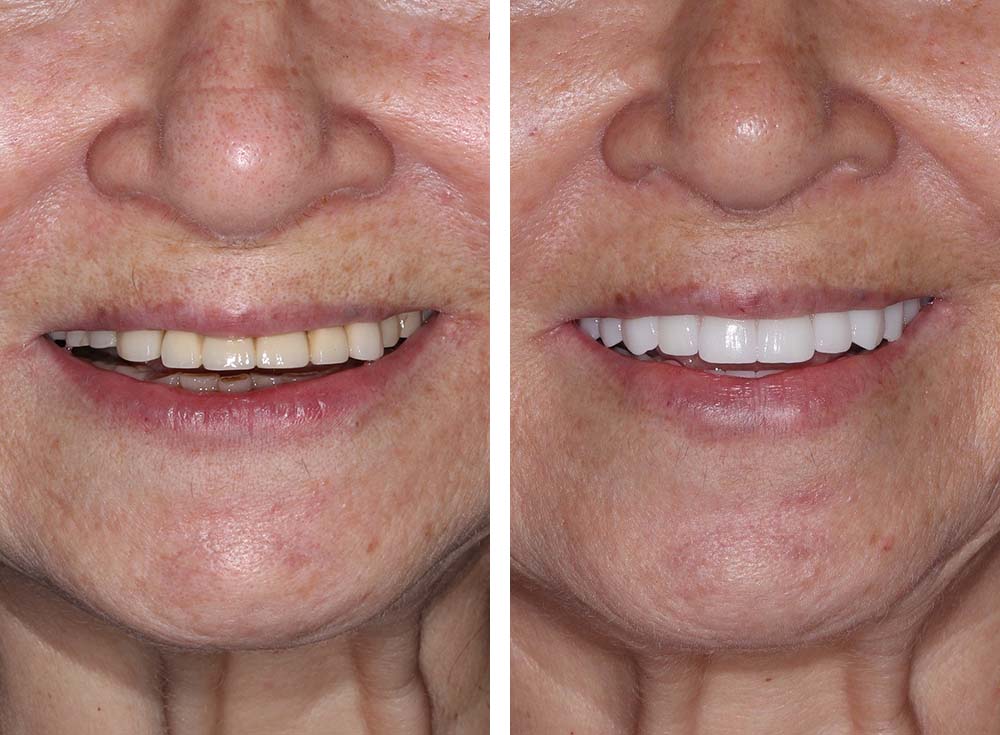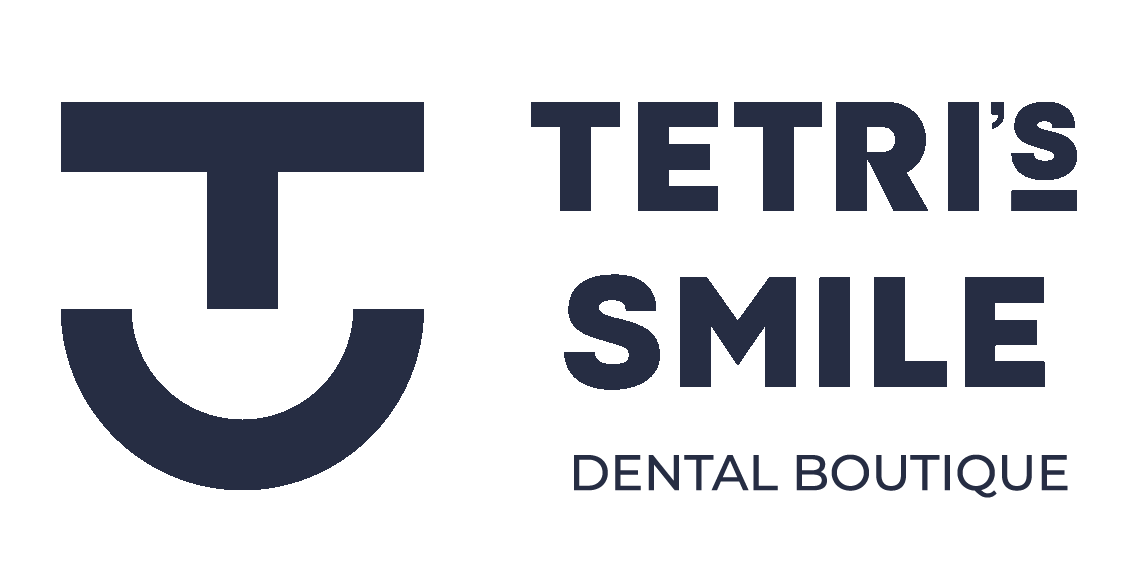Sinus Lift
Surgical intervention of any complexity
Stress-free surgery under sedation
Fast rehabilitation
At Tetri’s Smile in Miami, Dr. Tetri – a board-certified periodontist and implant surgeon – performs sinus lifts for implant treatment of the upper teeth.
What is a sinus lift?
A sinus lift is a microsurgical procedure performed to increase the height of the alveolar ridge in the area of the upper premolars and molars, above which the maxillary sinuses are located.
The goal of a sinus lift is to increase the distance between the floor of the maxillary sinus and the apex of the alveolar ridge before placing dental implants.
This eliminates the risk of extending the implant beyond the upper jawbone and injuring the Schneider’s membrane (the mucosa of the sinus).
The duration of a sinus lift procedure is 20 to 40 minutes.
This technique is implemented when it is necessary to elevate the floor of the sinus by 5 mm or more. The doctor creates access to the maxillary sinus through a small opening on the lateral side of the frontal plate of the maxilla, elevates the sinus cavity to create a subantral space of proper size, and fills it with osteoplastic material.
This technique is implemented when the need for bone augmentation is less than 4 mm. The doctor carefully cuts the mucosa, removes the flaps from the bone, prepares a bed for the implant with a drill, carefully lifts the floor of the sinus through the drilled hole, and fills the space with bone material.
I perform lateral sinus lifts for patients who are getting implants. It is a complicated surgery that requires utmost careful handling, but it allows you to build bone with minimal risk of complications. My experience enables me to perform a sinus lift of any complexity without complications. I perform the surgery as atraumatically as possible using a piezotome (an ultrasonic scalpel). I also use a dental microscope, which eliminates sloppy movements and the risk of sinus perforation.

Price
When would a sinus lift be necessary?

A sinus lift may be required for patients who want to have implants placed to restore teeth in the maxilla. The bone tissue of the maxilla is more porous and softer, and in the absence of chewing loads and side teeth, the bone rapidly atrophies. The bottom of the sinus sinks, which increases the risk of sinus perforation during implantation (the implant passes through the bone and pierces the mucous membrane of the sinus). Before surgery, I always perform a diagnostic test using a modern Morita 3D CT scanner. If the scan shows that the height between the top of the alveolar ridge and the bottom of the sinus is less than 6 mm, the sinus lift is indicated.
Examples of the sinus lift

This patient came to us complaining of pain while chewing. The implants and bridges had been incorrectly placed at another clinic. The implants had loosened due to severe bone loss.
Extensive bone grafting was performed, including a sinus lift. Seven implants were placed with a full fixed denture (all on x).

This patient had been wearing removable dentures for many years. The bone tissue of the upper jaw was severely atrophied.
A sinus lift was performed, and implants were placed in the lower and upper jaw. Fixed porcelain overdentures were placed.Preparing for the sinus lift
Preparing for a sinus lift involves two steps:
We use a CT scan to evaluate the condition of the maxillary sinuses and the presence of inflammation in the sinuses. We analyze the degree of bone loss and examine the anatomical features of the sinuses. If necessary, our implantologist may consult with our otolaryngologist.
We perform a professional cleaning of the teeth, eliminating plaque and tartar. This is obligatory. Then, we perform treatment for cavities or pulpitis. Patients with cardiovascular or other diseases are prescribed medication.
The doctor collects the patient’s history and performs a CT scan. They rule out absolute contraindications, develop tactics to eliminate relative contraindications, and create a 3D model of the sinus lift with implant placement.
The doctor removes plaque and tartar and treats any existing inflammatory processes in the oral cavity. Then they treat painful teeth (caries, pulpitis, periodontitis) and gums.
It is normal to feel sore for the first 2-3 days after the sinus lift. Your doctor will prescribe pain medication. Usually, the pain is gone by the fourth or fifth day. If you are still experiencing pain five days after surgery (and you feel it getting worse) see a doctor immediately!
Slight swelling after the sinus lift is a normal reaction to surgical manipulation, as there is an influx of lymph into the surgical area. It will subside by the third day and disappear completely by the seventh day. You can apply ice to your cheek wrapped in a towel or cloth on the first day after the procedure.
“I use platelet-rich plasma, platelet-rich fibrin, stem cells, and other innovations to speed up the patient’s rehabilitation after their sinus lift. This helps to dramatically shorten the post-operative recovery period, allowing the patient to quickly return to their normal life without pain, swelling, or discomfort.”
What is not allowed after a sinus lift?
It is not recommended to do the following for the first 10-14 days after the procedure:
Sneeze (you can, but be very careful)
Actively rinse your mouth (oral baths are allowed)
Drink through a straw
Visit saunas or bathhouses
Exercise
Eat hot, sour, or spicy food
Drink alcohol, coffee, or energy drinks (they can increase blood pressure)
Smoke (it impairs tissue regeneration)
If you are looking for premium oral surgery in Miami – welcome to Tetri’s Smile!
Schedule an appointment with Doctor Tetri

